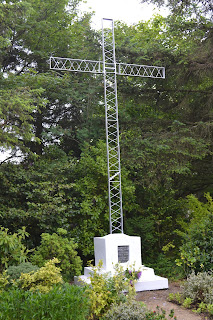Ticks are nasty little parasites that can feed on both animal and human blood. It's always best to take precautions if you are out walking, especially if you go through thick vegetation, as the ticks tend to migrate to the tips of stems to have a better chance of latching on to a passer by. Wear gaiters, or tuck your trousers into your socks to prevent them crawling up and biting your legs undetected.
In addition to being perfectly revolting, ticks can also carry some quite severe diseases, so if you are bitten, it's important to know how to safely remove them. If you break the tick's mouth parts off in your skin, then that can lead to an infection, and in severe cases; septicaemia. Additionally, ticks can carry a debilitating chronic infection called
Lyme Disease. The organisms reside in the tick's gut, and if the tick is squeezed or handled roughly it can vomit its stomach contents, including the parasites into your blood stream. This can also happen if you try to burn the tick, suffocate it with petroleum jelly, or poison it with alcohol. The best thing to do is buy a tick removing tool, such as
this one (there are several others on the market). This twists off the tick quickly and easily, and is less likely to cause the tick to vomit.
For more information, see
www.bada-uk.org.




























































